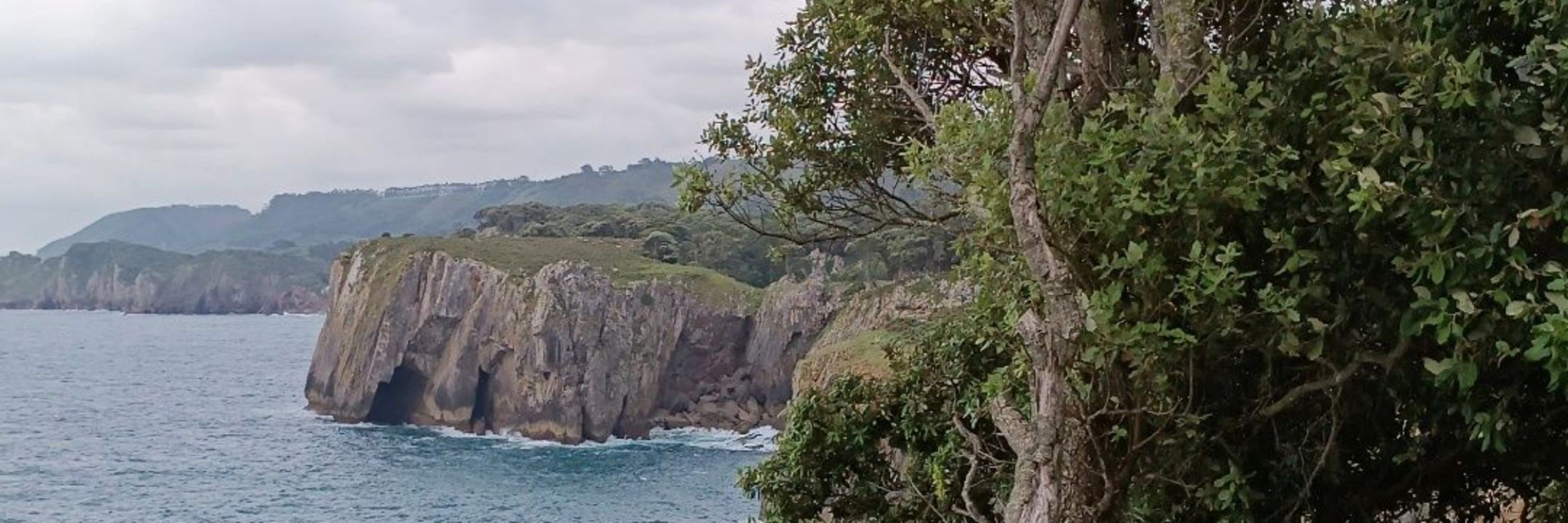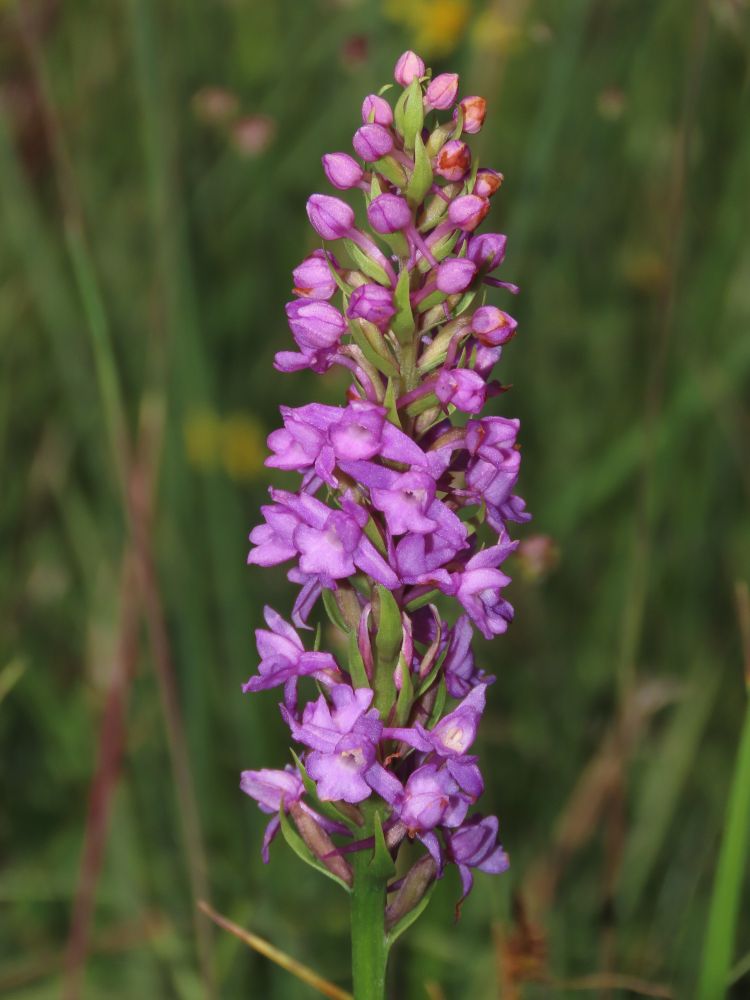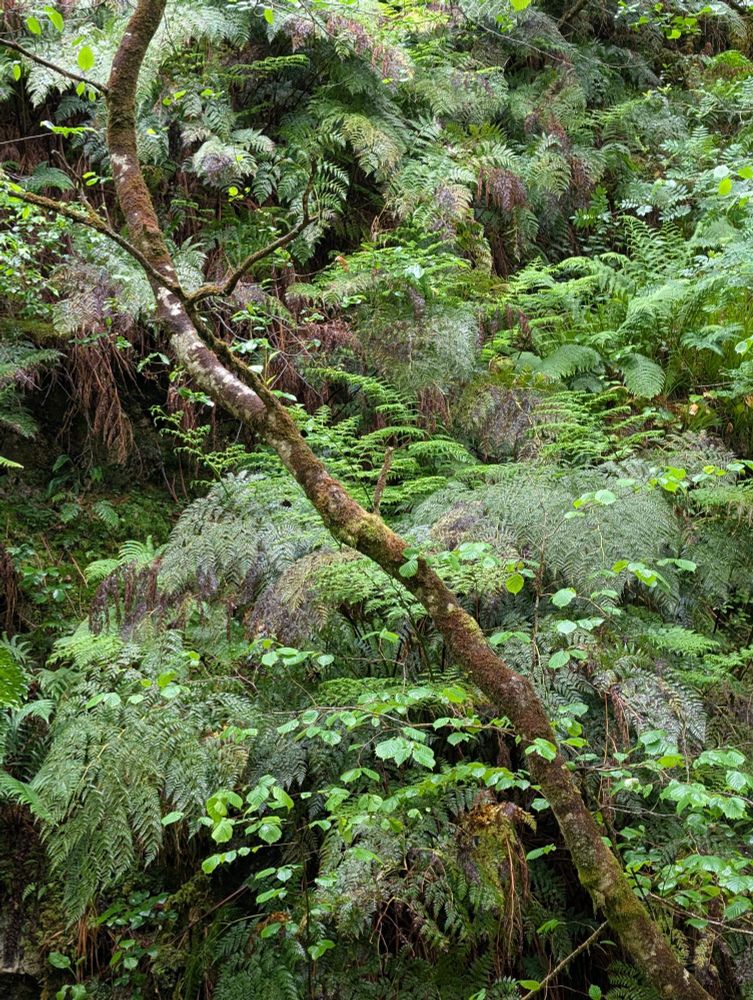
https://www.researchgate.net/profile/Victor-Gonzalez-Garcia-2




Novelty was found higher when compared to forests than to meadows and also found higher for plants than for fungi and bacteria.

Novelty was found higher when compared to forests than to meadows and also found higher for plants than for fungi and bacteria.


Also we were able to visit the Botanical Garden El Castillejo, where Abies pinsapo and other endangered plants are reproduced for their conservation.


Also we were able to visit the Botanical Garden El Castillejo, where Abies pinsapo and other endangered plants are reproduced for their conservation.
@sebot.bsky.social


@sebot.bsky.social
@sebot.bsky.social
@sebicop.bsky.social
@jovenesbotanica.bsky.social
@uodivulga.bsky.social
@imibasturias.bsky.social
@natusferaes.bsky.social
@gbif.es

@sebot.bsky.social
@sebicop.bsky.social
@jovenesbotanica.bsky.social
@uodivulga.bsky.social
@imibasturias.bsky.social
@natusferaes.bsky.social
@gbif.es
Yet, soil pH was found as one of the main drivers in their distribution, as their diversity decreases eastwards, where acid soils are dominant.

Yet, soil pH was found as one of the main drivers in their distribution, as their diversity decreases eastwards, where acid soils are dominant.
Some of these taxa were recorded for the first time for the region, such as Ochis spitzelii, Ophrys lutea, O. speculum or Gymnadenia conopsea.




Some of these taxa were recorded for the first time for the region, such as Ochis spitzelii, Ophrys lutea, O. speculum or Gymnadenia conopsea.
Also, a prolonged flowering might confer a competitive advantage to invaders by maximizing the access to resources when most native plants have completed their reproductive cycle.




Also, a prolonged flowering might confer a competitive advantage to invaders by maximizing the access to resources when most native plants have completed their reproductive cycle.






However, other species are rarer and must be sought in very specific refugia, like Vandenboschia speciosa of Hymenophyllum tunbrigense, which grow in very humid walls.




However, other species are rarer and must be sought in very specific refugia, like Vandenboschia speciosa of Hymenophyllum tunbrigense, which grow in very humid walls.
These ferns are more typical from tropical and subtropical regions, like Macaronesia.
Yet, they have survived to several climatic shifts and thrive in humid and warm valleys close to the coast, like Nueva, in Llanes.




These ferns are more typical from tropical and subtropical regions, like Macaronesia.
Yet, they have survived to several climatic shifts and thrive in humid and warm valleys close to the coast, like Nueva, in Llanes.
Stay tuned for further updates!


Stay tuned for further updates!




However, their closeness to urban areas and paths cause an excessive mowning of the vegetation.
This affects negatively their reproductive fitness, losing the perching sites where males exhibit themselves to find mates.


However, their closeness to urban areas and paths cause an excessive mowning of the vegetation.
This affects negatively their reproductive fitness, losing the perching sites where males exhibit themselves to find mates.
Hyacinthus are related to the god Apollo, Anemone to the goddess Aphrodite, Narcissus is the name of a handsome greek with a tragic destiny and Myosotis is the core of a love story.




Hyacinthus are related to the god Apollo, Anemone to the goddess Aphrodite, Narcissus is the name of a handsome greek with a tragic destiny and Myosotis is the core of a love story.
Allium ursinum is a wild relative of garlic, while Oxalis acetosella tastes like vinegar.
Anthyllis vulneraria has been used as a vulnerary plant, as its name suggests.
And Helleborus viridis is known for its poisonous properties.




Allium ursinum is a wild relative of garlic, while Oxalis acetosella tastes like vinegar.
Anthyllis vulneraria has been used as a vulnerary plant, as its name suggests.
And Helleborus viridis is known for its poisonous properties.
Some of the protagonists today were Scilla lilio-hyacinthus and the ubiquitous Primula (P. vulgaris, P. veris and P. x polyantha).




Some of the protagonists today were Scilla lilio-hyacinthus and the ubiquitous Primula (P. vulgaris, P. veris and P. x polyantha).






We could appreciate the diversity of our territory, starting with the mesic and temperate riparian, beech, and birch forests.



We could appreciate the diversity of our territory, starting with the mesic and temperate riparian, beech, and birch forests.
#sPlot #VegBioLab




#sPlot #VegBioLab

